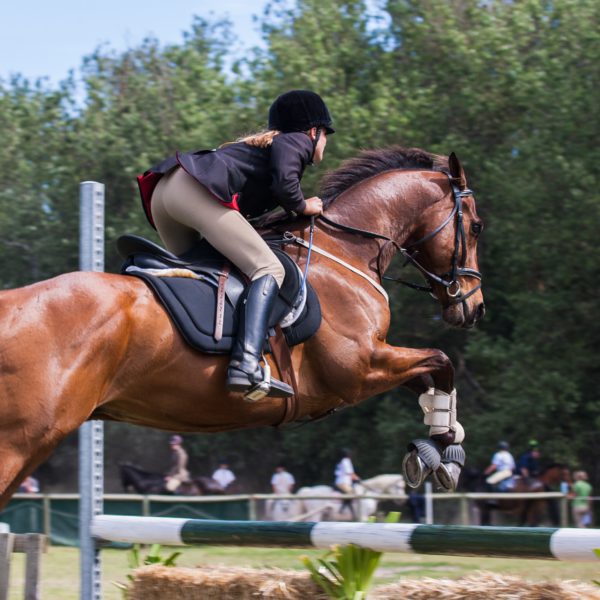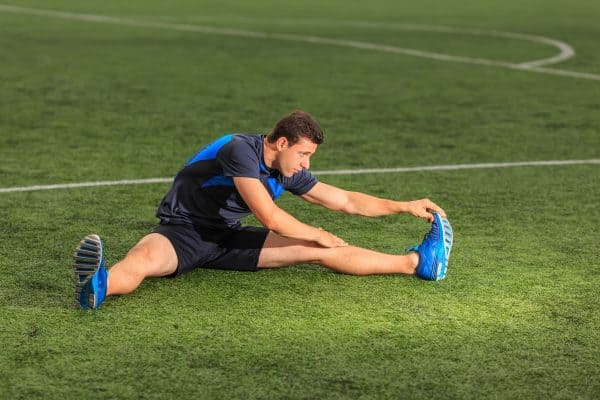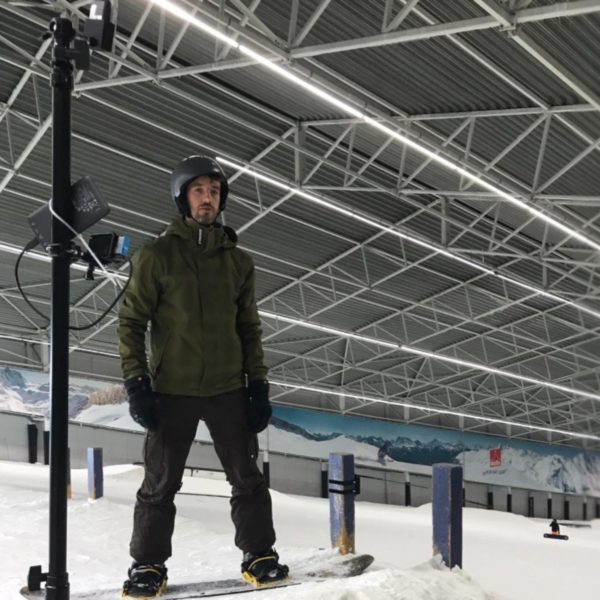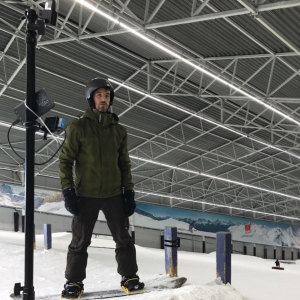Data driven saddle adaption for a more sustainable equitation

The project focuses on the co-development of conformational knowledge and measuring tools.
By building a database of equine measurements – together with the industry – it will be possible to steer and adapt saddle production to current conformational requirements of equine (sub)populations. Previous research allows for the creation of equine back size charts (‘the back shapes and sizes’ of our horses).
In addition, we’re developing tools to correctly measure horses during ‘in the field’ circumstances. By co-developing these tools with the different stakeholders, each group will be provided with practical & reliable measuring options which provide the data they actually need in order to create personalized saddles with an optimal fit for the rider.
The equine saddle industry as a whole faces three major challenges: the change in
1) equine conformation has changed following enhanced performance,
2) the need to accommodate for frequent worldwide travel of equids and ‘their humans’ and
3) the call for increased sustainability for both animals, humans and the planet (c.f. Sustainable Development Goals, SDGs).
The multidisciplinary ‘sustainable equitation’ research team of FTI-Lab+ (HOGENT) has, therefore, built expertise on ‘in the field’ equine withers measurements & population wide conformational analysis. Together with the stakeholders in the saddle industry (production, fitting, riding, training, (para)veterinary,…) they aim to reduce the number of ill fitting saddles by, firstly, charting the shapes and sizes of modern equine backs and by developing robust, affordable & reliable ‘in the field’ measuring tools adapted to the different stakeholder groups and their needs. The firm belief herein is that it all needs to start from knowing for which back shapes and sizes we need to produce and select saddles.
- Size charts to steer production and selection of saddles
We will know which saddle shapes and sizes need to be produced to accomodate for the withers of our modern sport horses. This can aid R&D of new saddles and help to make an estimation of the existing saddle types on the market.
- Reliable ‘in the field’ measurements for different stakeholders
Different stakeholders will be able to reliably and affordably measure the withers of their horses to aid in the saddle checking & fitting of their horse(s).
- Digital communication
Digital, standardized communication about equine back sizes between internationally located stakeholders.
- Advise
Advise the industry about which saddles to produce and estimate the market potential of particular saddles (shapes and sizes).
- Empower
Empower different stakeholder groups by providing tools which give them the data they need to evaluate saddle fit for a particular horse, also providing appropriate training to use the tools.
- Co-create knowledge base for sustainable saddle production
An industry-adapted conformational database to allow further saddle development and a ‘internationally usable common language’ for appropriate size-communication based on a scientifically based size chart.
Prof. Dr. Annelies Van den Eede
Contact us for more information about this project







